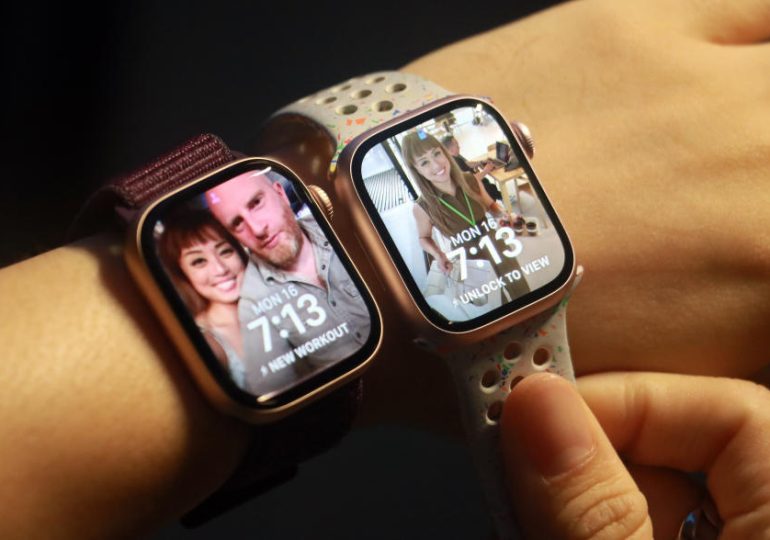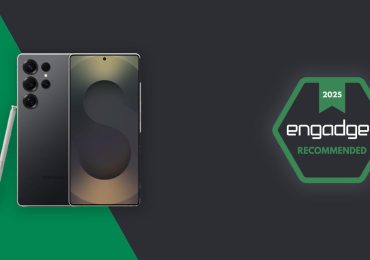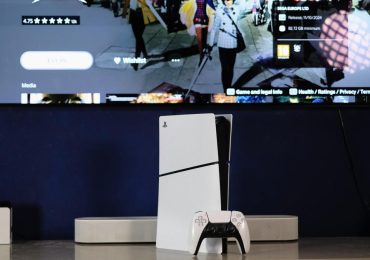During its 2024 iPhone event in September, Apple revealed the new Apple Watch Series 10 and, after our review of the new model, it’s what we recommend for most people. Rumors suggested we might also see a new Apple Watch Ultra 3 or a revamped Apple Watch SE, but those didn’t materialize. That makes Apple’s official smartwatch lineup the Series 10, the Apple Watch Ultra 2 and the Apple Watch SE.
A short while after the event, the company released watchOS 11, which unlocked new features not just for the new model, but for older generations too. Ultimately, if you’re an athlete with a demanding training schedule, the Ultra model will work best. If cost is your chief concern, the SE is the way to go — though there may be an even cheaper model on the horizon. But if you just want the best companion for your iPhone, go for the flagship Apple Watch. Here’s the full rundown of the best Apple Watch you can buy.
Quick Overview
What to look for in an Apple Watch
Chips and sensors
The new Apple Watch Series 10 has an S10 SiP (system in a package) chip with a four-core Neural Engine. The Ultra 2 was updated last September with Apple’s S9 SiP. Both chips allow for on-device processing of Siri requests as well as dictation, translation, automatic workout detection and the Double Tap gesture that lets you answer calls or stop an alarm by tapping your thumb and forefinger together twice. It also enables faster machine learning performance for interpreting sensor data, speech recognition and performing other “thinking” tasks. The Apple Watch SE still relies on the S8 SiP, which was also used in the Series 8 and the original Ultra.
Both the Series 10 and Ultra 2 can take an ECG and have temperature sensors to help track ovulation and both support fall-detection and crash-detection as a safety feature. All three models have a compass and altimeter. The Apple Watch Ultra 2 has an onboard SOS siren, as well as dive features like a depth gauge. Water features were added to the Apple Watch Series 10, but with a shallower depth rating (just six meters, as compared to 40 meters on the Ultra). The Ultra includes sensors to measure blood oxygen, but a recent patent dispute has forced Apple to disable that health feature on new models sold in the US and the hardware isn’t present in the new flagship model.
All three models support near field communication (NFC), the chip that enables Apple Pay. Once you set it up using the Apple Watch app on your iPhone, you can pay for stuff at any store that accepts Apple Pay, even if you don’t have your phone with you.
Displays and case sizes
The wide-angle OLED display on the Apple Watch 10 lets you see the always-on display from more angles. The Ultra 2 also has an always-on display, but you’ll have to lift your wrist to tell time or read notifications on the SE. The SE can reach a maximum brightness of 1,000 nits, the Series 10 can get as bright as 2,000 and the Ultra 2 hits 3,000 nits. Both higher-end screens can dim to a single nit, making them less distracting in the dark.
The Apple Watch Series 10 came with a new finish and case material — a glossy anodized jet black finish on the aluminum model and the option for a titanium case. The Ultra 2 also got a new finish, satin black, that utilizes a PVD (physical vapor deposition) process to apply the color.
As for case sizes, the SE is available in 40 or 44mm. The Series 10 increased in size from the prior generation and now has a choice of a 42 or 46mm case. The Ultra 2 comes in just one size measuring 49mm. You also get the opportunity to pick the length and style for watch bands. The SE and Series 10 come in small/medium or medium/large and the Ultra 2 gives you the choice of small, medium or large.
Battery life
Since it’s the largest wearable, the Apple Watch Ultra 2 sports the biggest battery and can last for a claimed 36 hours on a charge. That number jumps up to 72 hours if you turn on low power mode. Both the Apple Watch 10 and the SE are rated by Apple to go for 18 hours before they need a visit to the charger, and longer when using battery saver mode.
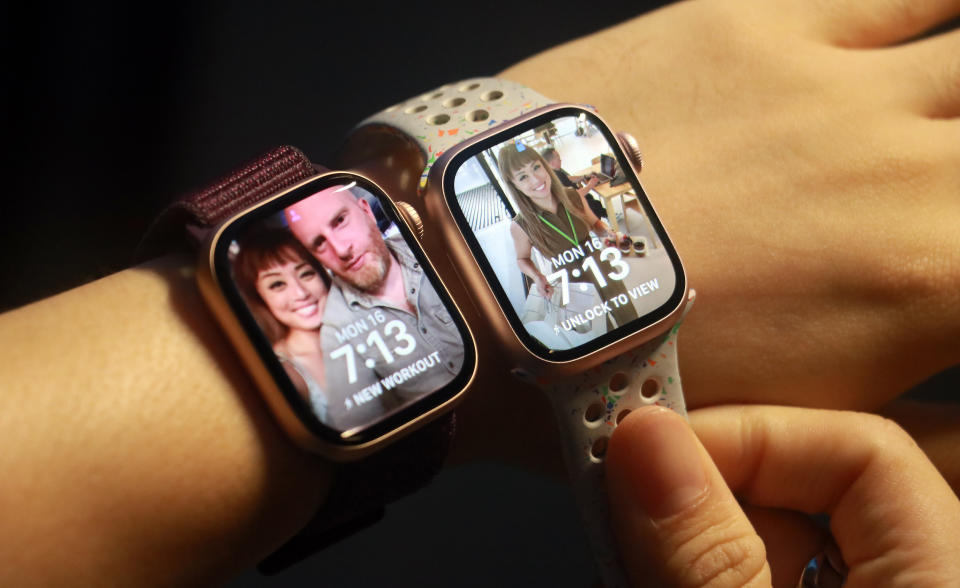

Fitness features
Believe it or not, all three Apple Watches have similar fitness tracker chops. The Activity app uses three “rings” to keep tabs on how much you’re moving in a day: The Move ring tracks your active calories; the Exercise ring monitors the minutes you’ve spent walking, running, doing yoga and so on; and the Stand ring tells you how many hours in a day you’ve stood up and moved around for at least one minute.
Different internal sensors detect those activities, for example the accelerometer senses when you’re moving versus sitting still, and the optical heart rate sensor judges how hard you’re working out and how many calories you’ve burned. You can set your goals for each ring and you’ll earn badges and animations when you hit them.
The Workout app lets you start and track an exercise session. The sensors can even auto-detect when you’re working out, tapping your wrist to suggest you track the activity. Apple Watches will integrate with Apple’s Fitness+ subscription, displaying real time heart rate and calorie burn data on your iPhone, iPad or even Apple TV 4K as you take a class. Fitness+ also includes audio-guided walks and runs with just your watch and Bluetooth earbuds. All three models support the Activity and Workout apps for free. The Fitness+ app also works with all Apple Watches, but costs $10 per month.
New features enabled with watchOS 11 include Training Load that gauges your body’s response to workouts over time, which could help athletes better prepare for events like marathons. Users can also now skip a day (or more) from fitness tracking metrics when they need to rest or aren’t feeling up to the challenge of closing their rings.
Siri
You can get the weather, start a workout, identify a song and dictate a text just by asking Siri. All Apple Watch models support the Raise to Speak feature that bypasses the need to say “Hey Siri” and will instead listen for your request when you lift your wrist near your mouth.
Both the Series 10 and the Ultra 2 utilize onboard processing of Siri requests. That means executing simple requests like starting workouts and timers are quicker, as they won’t need to access external networks. However, requests like sending texts or getting weather forecasts still need to communicate with Wi-Fi or cellular, so you’ll need to have your phone nearby if you have a GPS-only model.
Price
There’s a $550 difference between the cheapest and most expensive Apple Watches. For $250, you can get the 40mm Apple Watch SE with GPS-only connectivity; adding cellular connectivity ups the price by $50. The Apple Watch Series 10 starts at $399 for the 42mm, non-cellular model in aluminum and goes as high as $749 for the 46mm titanium case (which is only available with GPS and cellular). The Apple Watch Ultra 2 has just one price: $799 for a titanium 49mm case with both GPS and cellular power.
Best Apple Watch in 2024
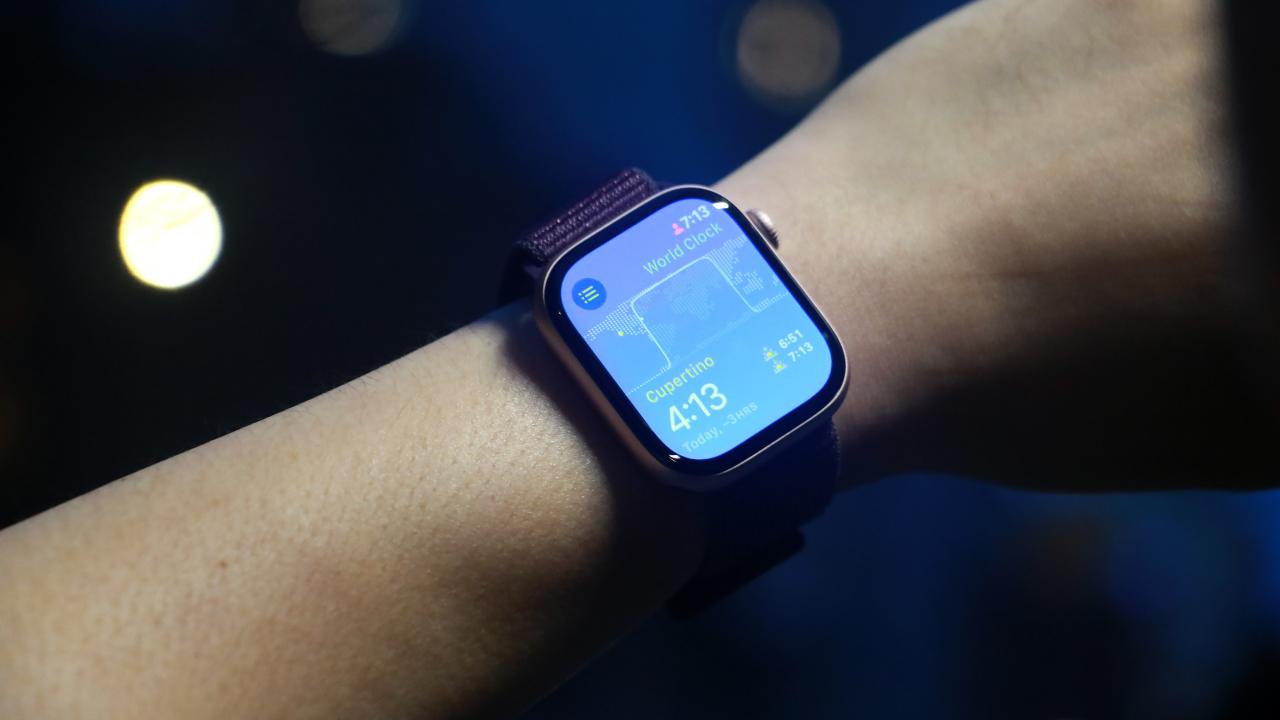

Photo by Cherlynn Low / Engadget
Chip: S10 SiP | Sensors: ECG, heart rate, temperature, compass, altimeter, accelerometer, fall/crash detection | Display: Always‑on Retina wide-angle OLED display, max 2,000 nits brightness | Battery life: 18 hours | Case size: 42mm or 46mm
Read our full review of the Apple Watch Series 10
Last year, the big news for Apple’s flagship wearable was the new Double Tap gesture. This time, the most notable update for the Apple Watch Series 10 comes on the outside, with a bigger screen matched with a thinner overall design. Instead of 41 and 45mm case sizes, you can now get the watch in either 42mm or 46mm. And, thanks to a redesigned metal back that integrates the antenna into the housing, it’s now just 9.7mm thick, a full millimeter thinner than the Series 9.
In her review, Engadget’s Cherlynn Low said the new watch was noticeably thinner and lighter, though that didn’t make a huge difference in comfort between the new version and its predecessor. The larger screen did make some things clearer, such as road names in Maps. The wide-angle OLED display also made it easier to read the face when not looking directly at it.
The Series 10 delivers more powerful speaker output, too. Cherlynn noted that the speakers are probably not something you’ll want to rely on for extended listening, and they definitely work better in quiet environments. But if you need to hear a song or a bit of a podcast at some point, your watch will be better equipped to do so. Another hardware upgrade comes with the addition of a depth gauge. It’s not meant for diving, as the gauge is only rated to six meters, but it could give you insights when snorkeling or swimming.
The watch now supports sleep apnea detection, a condition that’s seriously under-diagnosed. While it’s not intended for people who already know they have the disorder, it could help identify certain breathing patterns during sleep that should be checked out by a doctor. That feature will also be available on the Apple Watch Series 9 with watchOS 11.
Battery life didn’t change drastically — Apple still promises an 18-hour stretch per charge — and that comparatively short span has always been our biggest complaint with the watch. The charging speed, however, did get a boost. You should now be able to get your watch up to 80 percent in just a half an hour using a fast-charge-certified charger.
Of course, the new features aren’t the only reason to buy an Apple Watch Series 10. It just happens to be the best companion you can get for an iPhone. The watch will keep you on top of your notifications (presenting fewer distractions than your phone), while the activity tracking and fitness features can help keep you motivated, if that’s something you’re into. It can also remind you to take your meds, track your mood and log/predict your period depending on how you set things up.
Ultimately, we think the Apple Watch Series 10 is a great buy for anyone with an iPhone who is either new to Apple Watches or coming from a Series 8 or older. If you’ve got a Series 9, you can probably wait on an upgrade.
- Thinner and lighter build
- Potentially helpful sleep apnea detection
- The best companion for an iPhone
- Useful new water sports features
- Still only has an 18-hour battery life
$395 at Walmart
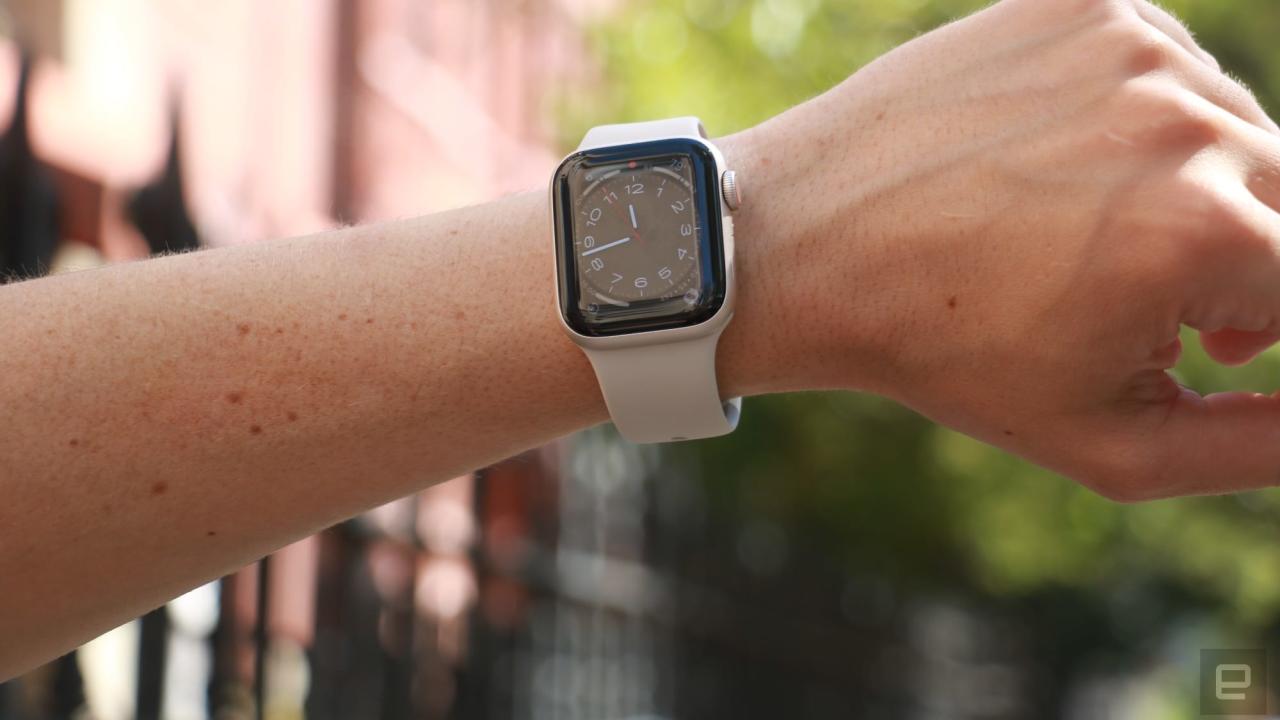

Photo by Cherlynn Low / Engadget
Chip: S8 SiP | Sensors: Heart rate, compass, altimeter, accelerometer, fall/crash detection | Display: Retina display, max 1,000 nits brightness | Battery life: 18 hours | Case size: 40mm or 44mm
Read our full review of the Apple Watch SE
Yet again, Apple didn’t come out with a new generation of the Apple Watch SE when it announced the Apple Watch 10 in September. A new plastic version is reportedly in the works, but for now, this $250 smartwatch is Apple’s budget option.
Cherlynn also reviewed the SE when it came out in 2022, calling it “the best smartwatch for the money.” It uses the same chip as the original Ultra and the Series 8, and in our review of the new Series 9, Cherlynn “barely noticed a difference in performance” compared to the older Apple Watch.
That said, there are some trade-offs. You won’t get an always-on display, blood oxygen monitoring or a temperature sensor. The SE also can’t support the new Double Tap feature and requires your phone to be nearby for Siri requests (if you don’t have a cellular-enabled model). Materials-wise, the SE face is covered in Ion-X glass, which is less robust than the sapphire crystal on either the stainless steel Series 9 or the Ultra 2.
That said, the SE has more in common with its pricier sibling than not, including crash detection, heart rate monitoring, emergency calling, and 50 meters of water resistance. Though the screen isn’t quite as bright as the pricier models, we thought it was crisp and easy to read, even in bright sunlight. The fitness tracking is accurate, the design is lightweight and comfortable and the processor is snappy. If you’re looking for a starter smartwatch and don’t mind the few missing features, the SE is still the way to go.
- Affordable price
- Great health and fitness tracking
- Extends the utility of an iPhone
- Lacks blood oxygen and temperature sensors
- Doesn’t support Double Tap
- No always-on display
$189 at Amazon
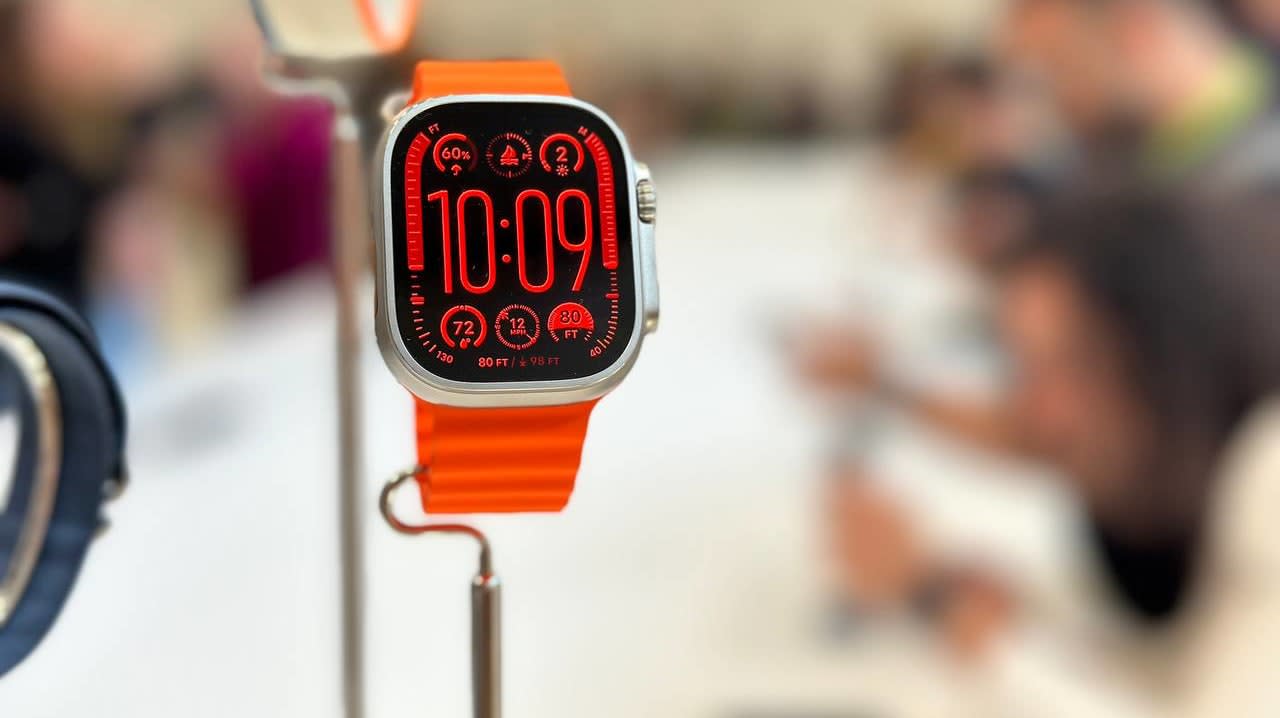

Photo by Cherlynn Low / Engadget
Chip: S9 SiP | Sensors: ECG, heart rate, temperature, compass, altimeter, accelerometer, fall/crash detection, depth gauge | Display: Always-on Retina display, max 3,000 nits brightness | Battery life: 36 hours | Case size: 49mm
Read our full review of the Apple Watch Ultra
Apple announced the Apple Watch Ultra 2 at the same event as the Series 9 but, the following year, we did not get an Apple Watch Ultra 3. Instead, Apple announced a new satin black colorway created with a “diamond-like carbon physical vapor deposition” process that you’ll sometimes find used on high-end knife blades.
Engadget’s Cherlynn Low took the previous model Ultra out on a hike to take advantage of its outdoor-specific features and the Backtrack function actually saved her and our video producer Brian from taking an unintended detour in the wrong direction. The function lives within the Compass app and lets you set waypoints such as marking the parking lot before you set out. There’s an onboard siren that’s loud enough to alert passersby or emergency personnel to your whereabouts if you should need it.
For water-based activities, the Ultra 2 packs diving features that can measure water temperature, dive duration and gauge up to 40 meters of depth. For workouts closer to home, the dual-frequency GPS gives you more accurate route tracking and pace calculations. And the action button can be programmed to start a workout, control the stopwatch, trigger the flashlight, set a waypoint and more. Just note that we found it pretty easy to accidentally trigger the action button when trying to press the crown, so it may take a little practice.
The S9 SiP chip enables Double Tap and on-device Siri processing. The screen has been bumped up to 3,000 nits and while we didn’t get to take the new model on a hike, the original at 2,000 nits was plenty bright enough in direct sunlight. We like how the new Modular Ultra watch face makes great use of the oversized screen (though that’s also available on the original AWU.) The battery life remains the same at 36 hours, and we got about three days of moderate use out of the Ultra before needing a recharge. The low power mode is particularly impressive, squeezing out many extra hours from a near-empty watch.
- Robust build
- Specialized features for outdoor activities
- Large screen displays a lot of info
- Expensive
- Large case can feel bulky on smaller wrists
$660 at Amazon
How we tested Apple Watches
Engadget has been reviewing Apple Watches since the first one came out in 2015. Since then, we’ve tested every subsequent model Apple has released, including the Ultra and SE models, spending at least a few days or even a couple weeks with one strapped to our wrists. During that time, we run, hit the gym, go on hikes and wear it while sleeping, all the while gauging how it tracks various metrics, integrates with the iPhone and performs every other trick Apple claims its smartwatches can do.
Since we also review smartwatches from other companies, such as Samsung and Google, our editors can compare Apple Watches not just to previous generations, but also to other wearables on the market.

